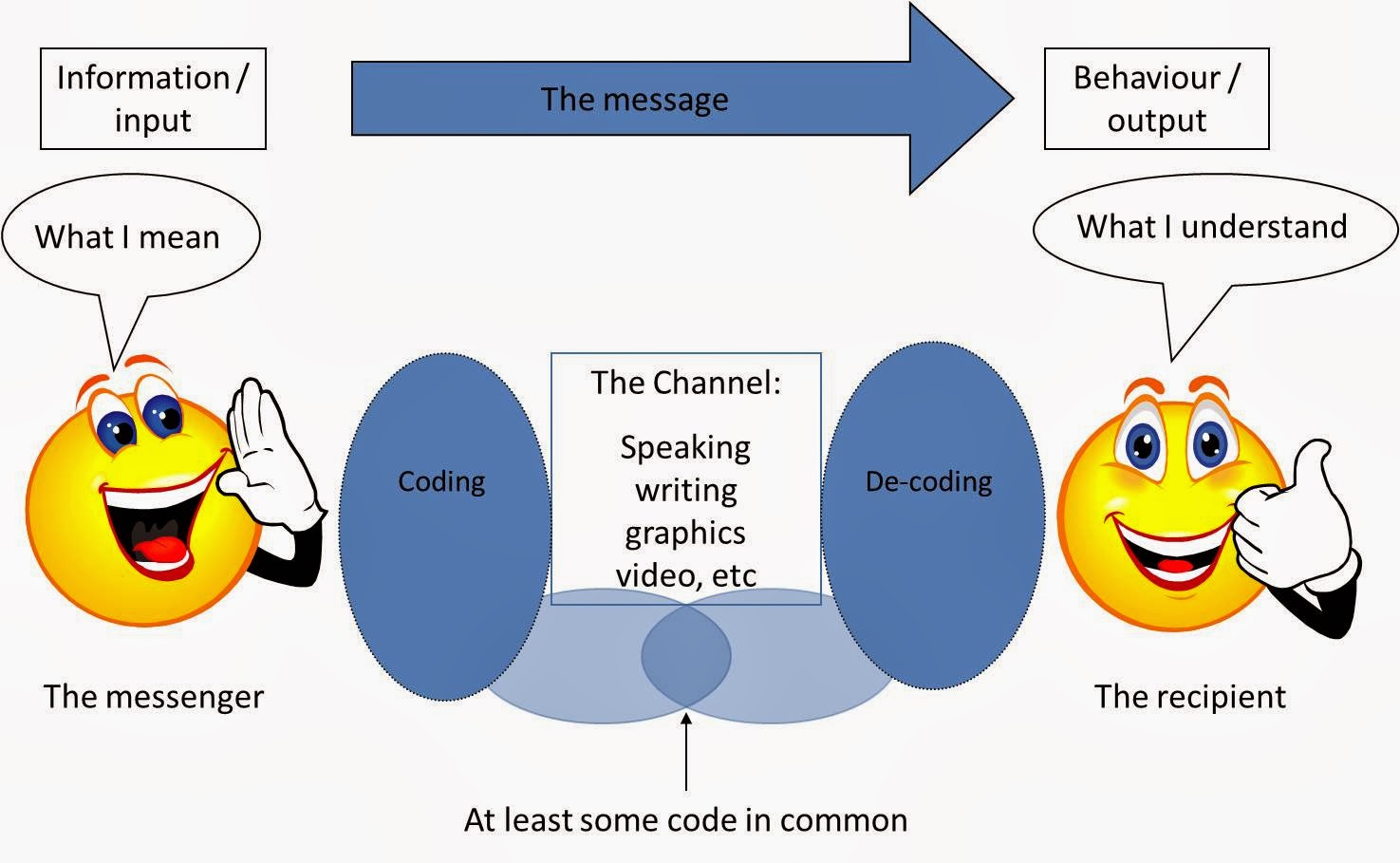Virtual Classroom
A virtual classroom is an online learning environment that simulates a physical classroom. It allows teachers and students to interact, communicate, and engage in educational activities using digital tools and platforms, often in real-time.
Real-Life Examples of Virtual Classrooms
- Zoom:
- Video
Conferencing: Zoom is widely
used for conducting live classes, allowing teachers to deliver lectures
and engage with students through video calls, screen sharing, and
breakout rooms.
- Google Classroom:
- Learning
Management System (LMS): Google
Classroom enables teachers to create, distribute, and grade assignments,
and facilitates communication with students through announcements and
discussion boards.
- Microsoft Teams:
- Collaboration
Platform: Microsoft Teams
offers features like live video classes, assignment management, and
collaboration tools for group projects and class discussions.
- Canvas:
- Comprehensive
LMS: Canvas provides tools for
course management, content sharing, grading, and online discussions,
allowing for a fully integrated virtual learning experience.
- Blackboard:
- Educational
Platform: Blackboard offers a
variety of tools for course delivery, including virtual classrooms,
assignment submission, grading, and interactive learning activities.
Importance of Virtual Classrooms
- Accessibility:
- Remote
Learning Opportunities: Virtual
classrooms allow students to attend classes from anywhere, eliminating
geographical barriers. This is particularly beneficial for students in
remote or rural areas.
- Flexibility:
- Self-Paced
Learning: Many virtual
classrooms offer recorded sessions, allowing students to learn at their
own pace and revisit materials as needed.
- Diverse Learning
Resources:
- Multimedia
Integration: Virtual classrooms
support various formats like videos, interactive quizzes, and discussion
boards, catering to different learning styles.
- Cost-Effectiveness:
- Reduced
Costs: Virtual classrooms
eliminate commuting and physical infrastructure costs, making education
more affordable.
- Global
Collaboration:
- Cultural
Exchange: Students from
different parts of the world can interact and collaborate, enhancing
cultural awareness and global understanding.
- Real-Time
Feedback:
- Instant
Interaction: Teachers can
provide immediate feedback and address student queries in real time,
improving the learning experience.
How to Improve the Use of Virtual Classrooms
- Enhance
Engagement:
- Interactive
Content: Use interactive tools
like polls, quizzes, and breakout rooms to engage students during live
sessions. Platforms like Mentimeter can be used to create interactive
presentations.
- Provide Clear
Instructions:
- Structured
Guidelines: Clearly outline
expectations, schedules, and assignment details to ensure students
understand their responsibilities.
- Incorporate
Multimedia Resources:
- Variety
of Content: Use videos,
podcasts, and infographics to supplement lectures and cater to diverse
learning preferences. Websites like Khan Academy offer a wide range of
educational videos.
- Foster
Collaboration:
- Group
Activities: Encourage group
projects and discussions using collaborative tools like Google Docs or
Microsoft Teams to promote peer interaction.
- Regular Feedback
and Assessment:
- Frequent
Evaluation: Use formative
assessments and provide timely feedback to help students track their
progress and improve their performance.
- Build a
Community:
- Class
Interactions: Create a sense of
community by encouraging class discussions, social interactions, and peer
support through forums and chat groups.
- Utilize
Analytics:
- Data-Driven
Insights: Analyze student
performance data to identify areas of improvement and tailor teaching
strategies accordingly.
- Provide Technical
Support:
- Ease
of Use: Ensure students can
access technical support and resources to help them navigate the virtual
classroom environment effectively.
Examples of Improving Virtual Classrooms
- Interactive
Sessions with Zoom:
- Teachers
can use Zoom’s breakout rooms for small group discussions, enabling
students to collaborate and engage in peer learning.
- Assignment
Management with Google Classroom:
- Google
Classroom allows teachers to create, distribute, and grade assignments
efficiently, giving students clear deadlines and feedback.
- Multimedia
Integration with Canvas:
- Teachers
can embed videos and interactive quizzes in Canvas courses to create a
dynamic and engaging learning experience.
- Global
Collaboration with Microsoft Teams:
- Students
from different countries can collaborate on projects using Microsoft
Teams, fostering cross-cultural understanding and teamwork.
By leveraging virtual classroom capabilities and implementing effective strategies, educators can create a more engaging and inclusive learning environment that benefits students and teachers alike.



Comments
Post a Comment